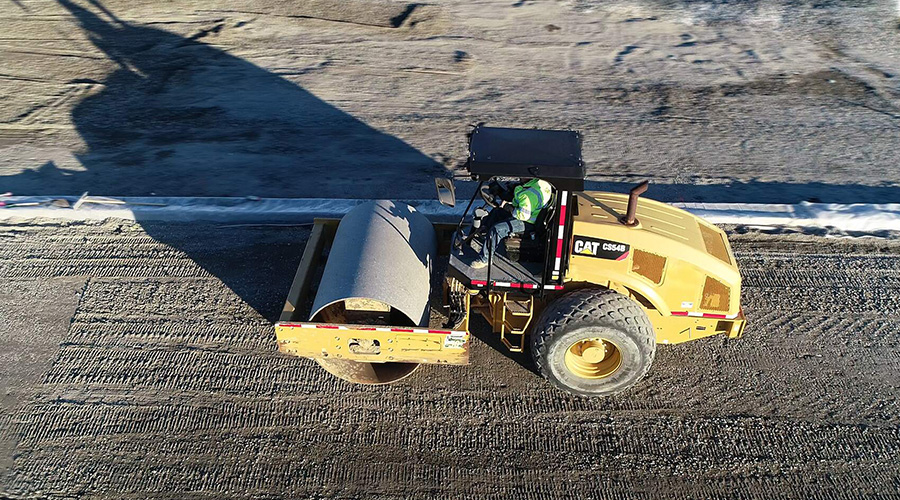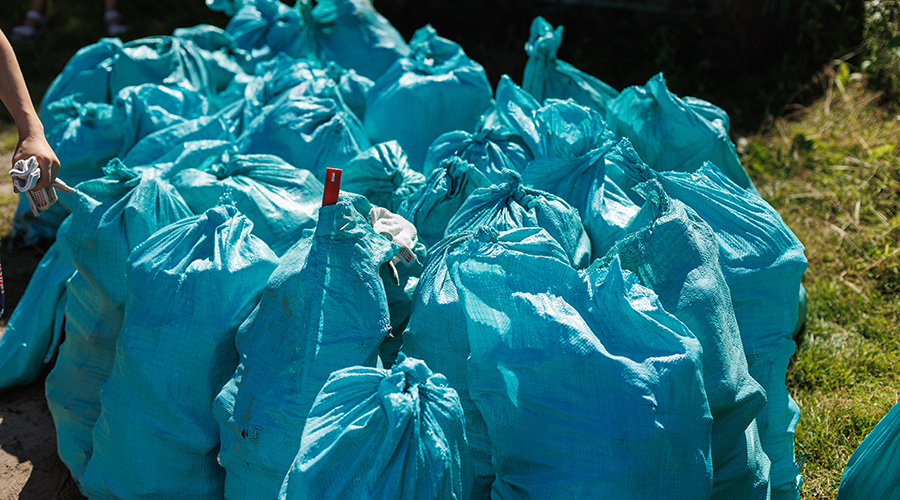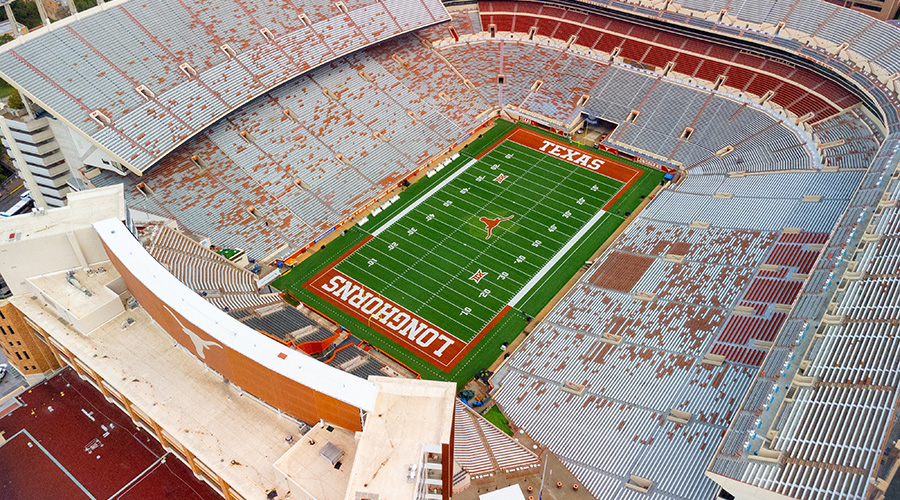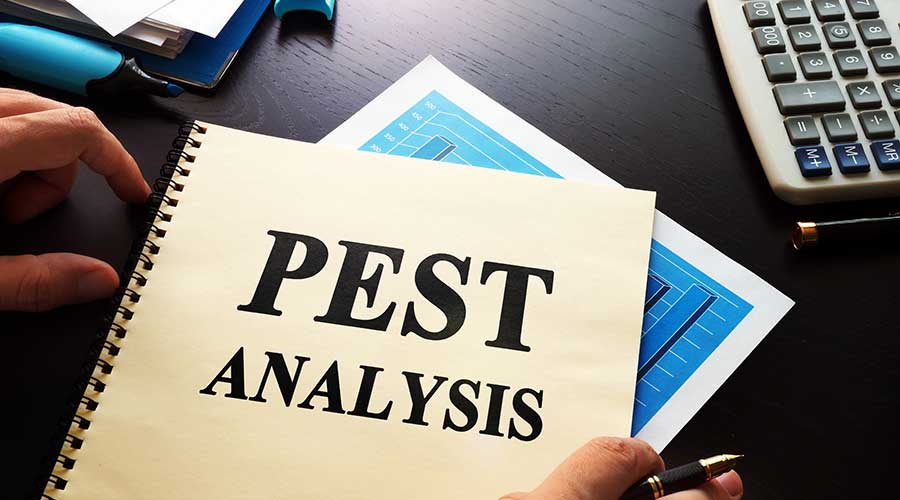 Hardscape elements play important roles in the long-term performance of the property and are essential in creating a positive first impression.
Hardscape elements play important roles in the long-term performance of the property and are essential in creating a positive first impression.How to Get Hardscapes Right
Elements such as pavement, irrigation, and lighting are critical to landscape success.
Landscapes are complex systems that should be managed and maintained to provide the result grounds managers want. And it is easy to focus on landscapes’ living, breathing components, including trees, shrubs, flowers, and turf. These features are universally recognized components that make up the soft, or living, portions of the landscapes grounds managers painstakingly manage every day.
Less recognized portions of the landscape are the hard, or nonliving, components — the hardscape. Examples include pavement, irrigation, lighting, fountains, and benches. These often overlooked pieces of the landscape require their own type of maintenance. Hardscapes play important roles in the long-term performance of the property and are essential to creating a positive first impression among visitors.
Hard look at hardscapes
Imagine an ideal commercial or institutional landscape. It is likely a landscape with healthy plants and lots of color, an attractive design that invites visitors and building occupants into a space, and maintenance has left the space clean and crisp. In most landscapes, plants make the first impression, and they demand the highest level of care. But looking past the plants, all large-scale landscapes have hardscape components that provide not only the functional use of the space but also frame it, provide safety, and provide support for the living components.
Hardscapes provide many different functions in the landscape.
Lighting and signage lead pedestrians through systems of parking lots and sidewalks to buildings. Fountains provide aesthetic beauty, as well as functional benefits of aeration of otherwise stagnant water features. Retaining walls provide structure and allow for level surfaces. Drainage systems move water away from buildings, low-lying planting beds, and retaining walls. Alternatively, irrigation systems provide a source of water for plants in times of drought stress.
All of these components are critical to the design and functionality of the property. Without them, properties would be unsafe and unattractive and would not be able to support the living landscapes. Even though hardscapes get less attention than the living softscapes, that does not mean that they do not need to be intensively designed and managed with a proper plan.
Installation implications
All hardscape components degrade with age. Unlike plants that mature and appreciate in value with age, hardscape components begin to slowly decline soon after installation. They need higher levels of maintenance as they age. Without major repair or reconstruction, hardscapes will not improve with age. This reality places an extra burden on the manager to ensure proper designs for long-term performance and to avoid shortcuts during installation. Hardscape features are not short-term features in a landscape, and proper design and installation will help hardscapes shine for decades.
During the design phase, managers need to review the proposed placement of components. The design process leads to hardscape features being placed before plants. Changing the location, size, or style of hardscapes will slow the design process and might require extensive extra work and expensive change orders.
One critical element of the design phase is creating and selecting specifications for construction. Managers need to provide clear expectations to contractors upfront. Clear, written expectations allow for proper bids and set standards for the entire process. They also reduce problems later. Managers should verify that bid packages conform to the original specifications and confirm any changes with the designer to ensure the final, accepted proposal provides the intended function.
Related Topics:













